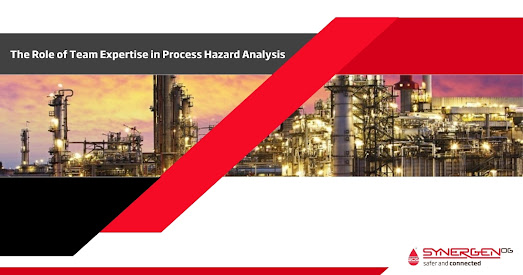The Role of Team Expertise in Process Hazard Analysis
.jpg)
Conducting a Process Hazard Analysis (PHA ) is pivotal in safeguarding operations within any industry that deals with hazardous chemicals or complex procedures. This critical evaluation helps identify, assess, and mitigate potential hazards. However, the success of a PHA largely hinges on the composition and expertise of the team tasked with this analysis. Let’s explore how team expertise plays a crucial role in ensuring a thorough and effective PHA. The Importance of Team Composition in PHA The right blend of professional insights and industry knowledge can significantly elevate the effectiveness of a PHA. Each team member brings a unique perspective, contributing to a comprehensive understanding and evaluation of the process hazards. Defining Scope and Objectives Importance: Setting clear and precise goals for the PHA. Expert's Role: Experts help delineate the boundaries of the analysis, tailoring it to specific operational needs. Assembling the Team A multidisciplinary team ...
.jpg)
.jpg)
.jpg)